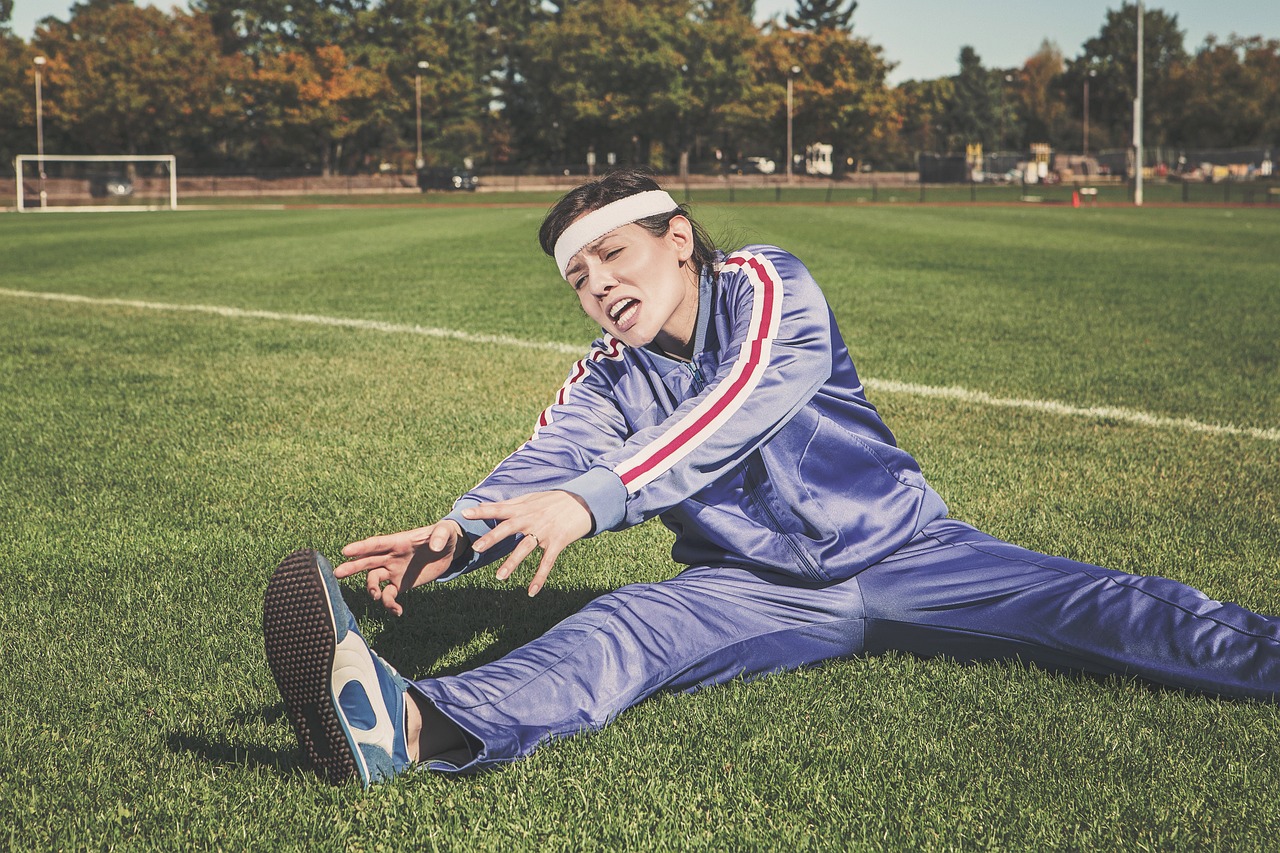· 9 min read
Why Do You Feel Sore After a Massage? Unraveling the Mystery
Feeling sore after a massage is common, especially after a deep tissue session. Discover why post-massage soreness occurs and tips to alleviate discomfort.
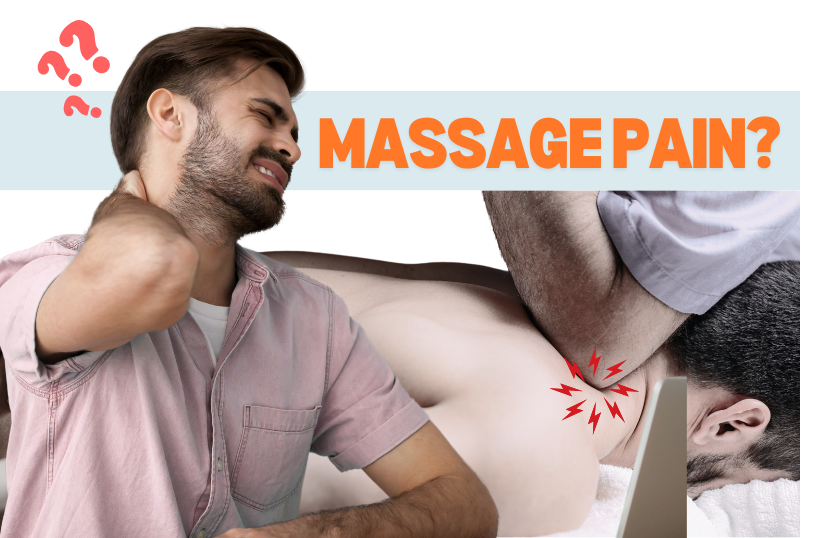
Why Do You Feel Sore After a Massage? Unraveling the Mystery
Is it the age?
Have you ever walked out of a massage feeling like you’ve just run a marathon? You’re not alone! That post-massage soreness can be a real head-scratcher. One minute you’re in blissful relaxation, and the next, you’re wondering if your massage therapist secretly moonlights as a heavyweight boxer. But fear not, my achy friend! We’re about to dive deep into the world of post massage pain and uncover why your muscles might be singing the blues after a spa day.
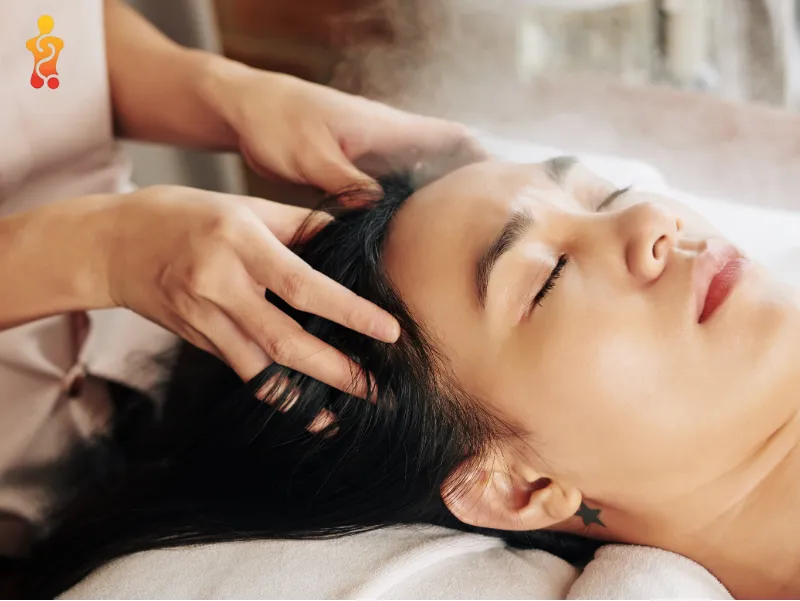
The Science Behind Post-Massage Soreness
How Massages Affect Your Muscles
Let’s get down to the nitty-gritty of what’s happening under your skin during a massage. Imagine your muscles are like a tangled ball of yarn. Your massage therapist is the patient knitter, working out those knots and tangles.
A good massage therapy is like a workout for your muscles – they might complain a bit, but they’ll thank you later! -Anonymous athlete
When those skilled hands start kneading and pressing, they’re actually creating tiny micro-tears in your muscle fibers. It’s like what happens when you hit the gym, but instead of lifting weights, someone else is doing the heavy lifting for you!
The Body’s Healing Response
Now, your body isn’t just going to sit back and let those micro-tears hang around. Oh no, it’s time for the cleanup crew to roll in! Your body kicks into high gear, sending in its repair team:
- Inflammation sets in (don’t worry, it’s the good kind)
- Blood flow increases, bringing in the reinforcements
- Endorphins are released, nature’s own pain-relievers
It’s like your body is throwing a repair party, and everyone’s invited! This healing hullabaloo is what can leave you feeling a bit tender afterward.
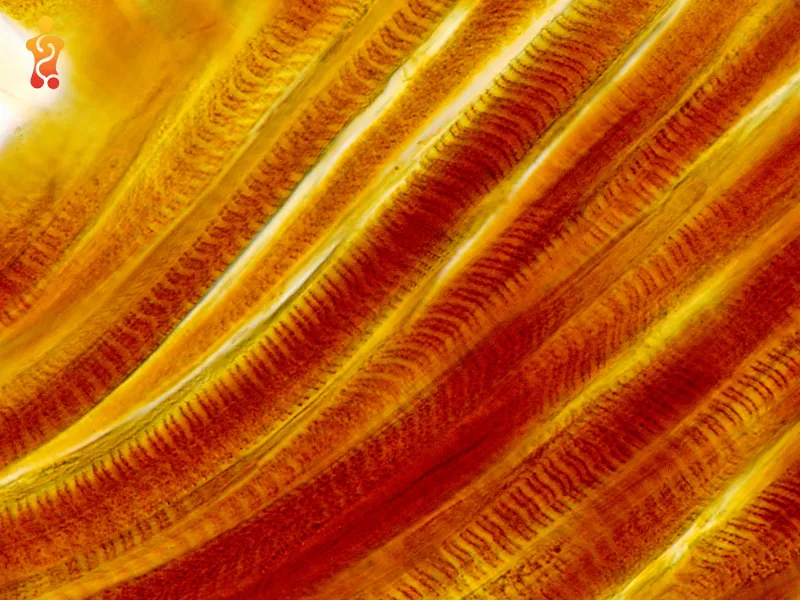
Types of Massages That Might Leave You Sore
Deep Tissue Massage: No Pain, No Gain?
Deep tissue massage is like the boot camp of massages. It’s not for the faint of heart, but boy, does it get results, even if you may experience soreness afterward! This type of massage digs deep into those stubborn knots and tension spots.
Why it might make you sore:
- Intense pressure on deep muscle layers
- Breaking down adhesions and scar tissue
- Triggering a more significant healing response
Sports Massage: Athlete’s Secret Weapon
Sports massage is the MVP of the massage world for athletes. It’s designed to prep muscles for action or help them recover post-game.
Why it might make you sore:
- Targeted work on specific muscle groups
- Incorporates stretching and range of motion exercises
- Can be quite vigorous, especially pre-competition
Swedish Massage: Gentle but Not Always Pain-Free
Don’t let the gentle reputation fool you – even a Swedish massage can leave you feeling a bit tender, especially if you’re new to massages or particularly tense.
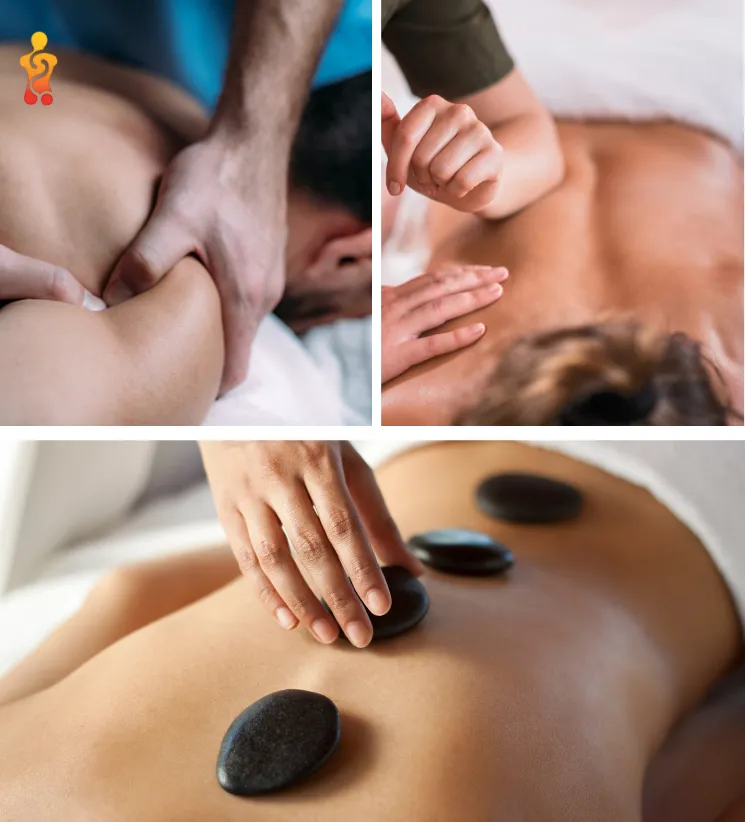
Why it might make you sore:
- Long, flowing strokes can still work deep into muscles
- Kneading and circular movements might hit unexpected tight spots
- Extended sessions can fatigue muscles
Inflammation: Friend or Foe?

The Good, The Bad, and The Puffy
Inflammation after a massage is like that friend who’s a bit too enthusiastic about helping. Sure, they mean well, but sometimes they go overboard.
The Good:
- Kickstarts the healing process
- Brings in nutrients and oxygen
- Helps clear out cellular debris
The Bad:
- Can cause temporary discomfort
- Might lead to some puffiness or redness
- Can make you feel a bit stiff
Managing Post-Massage Inflammation
Want to keep inflammation in check? Try these tricks:
- Stay hydrated – water is your best friend
- Take a cool shower to reduce swelling
- Gentle stretching to keep things moving
Remember, a little inflammation is part of the healing process. It’s like your body’s way of saying, “Hey, we’re working on it!”
Tackling Muscle Knots: Short-Term Pain for Long-Term Gain
How Massages Untie Those Pesky Knots
Muscle knots are like the stubborn toddlers of the body – they don’t want to let go, and they can throw quite a tantrum when you try to move them. Massage therapists use various techniques to smooth out these troublemakers:
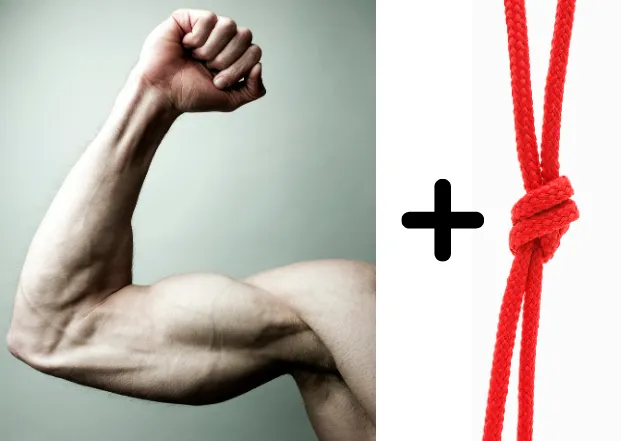
- Direct pressure to break down the knotted fibers
- Stretching to elongate tight muscles
- Myofascial release to address the surrounding connective tissue
It’s like untangling a really tight knot in your shoelace – it might pinch a bit as you work it out, but oh, the relief when it’s gone!
Immediate vs. Long-Term Effects
Short-term:
- You might feel a bit sore or tender
- Increased flexibility and range of motion
- A sense of release in problem areas
Long-term:
- Reduced overall muscle tension
- Improved posture (bye-bye, slouching!)
- Better management of chronic pain
Boosting Blood Flow: The Circulation Sensation
Oxygen Express: Delivering the Good Stuff
Massage gets your blood pumping like a cardiovascular conga line! This increased circulation is crucial for:
- Delivering oxygen to tired muscles
- Bringing in nutrients for repair and recovery
- Helping maintain optimal muscle temperature
Flushing Out the Bad: Toxin Removal
Think of increased blood flow as your body’s cleanup crew. It helps sweep away:
- Metabolic waste products
- Excess lactic acid (goodbye, muscle fatigue!)
- Other cellular debris
This detox process can sometimes leave you feeling a bit off initially, but it’s all part of the grand plan for muscle health and recovery.
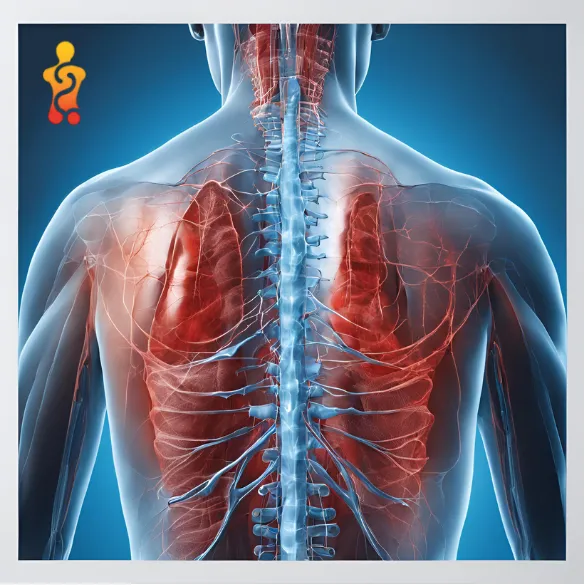
Pressure Points: Finding Your Sweet Spot
The Goldilocks Zone of Massage Pressure
Finding the right pressure during a massage is like adjusting the temperature of your shower – everyone’s “just right” is different.
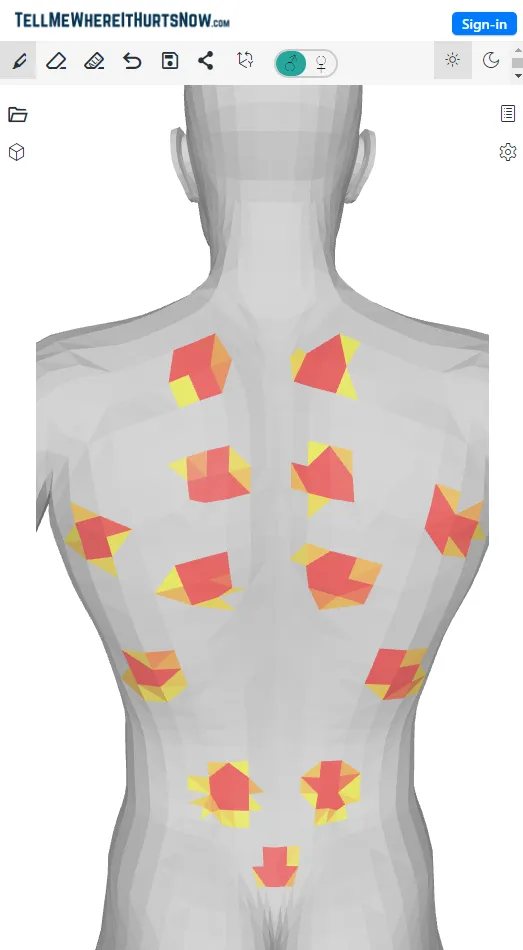
Customizing Your Experience
Communication is key! Don’t be shy about speaking up during your massage. Your therapist isn’t a mind reader (though sometimes it might seem like it!). Here’s how to get the pressure just right:
- Have a chat before the massage about your preferences
- Give feedback during the session – a simple “more pressure” or “ease up a bit” works wonders
- Remember, it’s YOUR massage – you’re in control
It’s Personal: Factors That Influence Your Soreness
Fitness Level: Are You Fighting Fit?
Your fitness level can play a big role in how you feel post-massage. It’s like how a seasoned hiker and a couch potato might feel differently after a trail walk.
Factors at play:
- Muscle condition and tone
- Overall flexibility
- Frequency of physical activity
Hydration and Nutrition: Fueling Your Recovery
What you put into your body before and after a massage can make a world of difference. Think of it as preparing for and recovering from a workout.
Hydration tips:
- Drink water before your massage
- Keep sipping throughout the day after
- Herbal teas can be a soothing option
Nutrition for recovery:
- Lean proteins to aid muscle repair
- Anti-inflammatory foods like berries and leafy greens
- Bananas or sweet potatoes for electrolyte balance
When Soreness Signals Something Serious
Normal Aches vs. Red Flags
Most post-massage soreness is normal and nothing to worry about. But sometimes, your body might be waving a red flag.
Listen to Your Body: Signs to Watch For
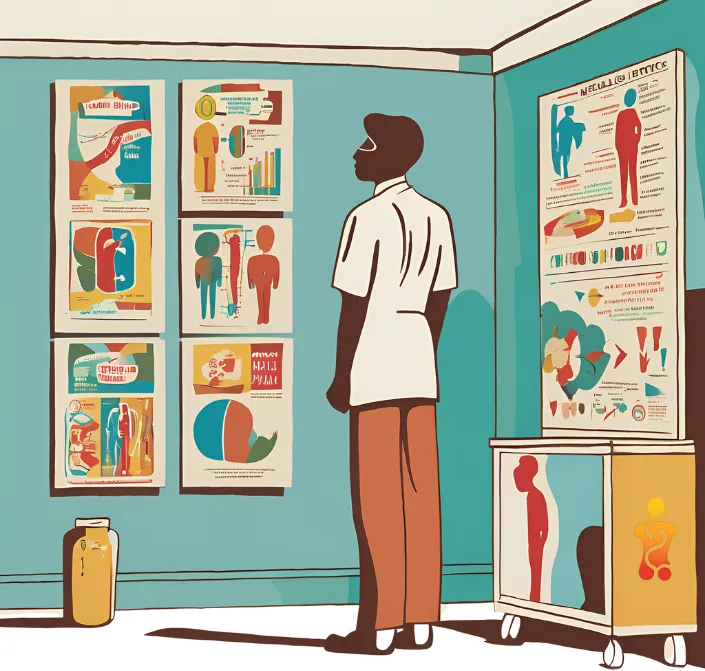
Your body is pretty smart – it’ll let you know if something’s not right. Keep an eye out for:
- Excessive bruising or swelling
- Numbness or tingling sensations
- Severe headaches post-massage
- Fever or chills
- Dizziness or nausea
If you experience any of these, it’s best to check in with a healthcare professional. Better safe than sorry!
Conclusion
So there you have it, folks – the ins and outs of why you might feel sore after a massage. Remember, a little tenderness after a good massage is usually just your body’s way of saying “thanks for the TLC!” It’s working hard to repair, rebuild, and rejuvenate your muscles.
Next time you roll off that massage table feeling a bit like a tenderized steak, you’ll know exactly what’s going on under your skin. Embrace the process, stay hydrated, and give your body the time it needs to reap all those wonderful massage benefits.
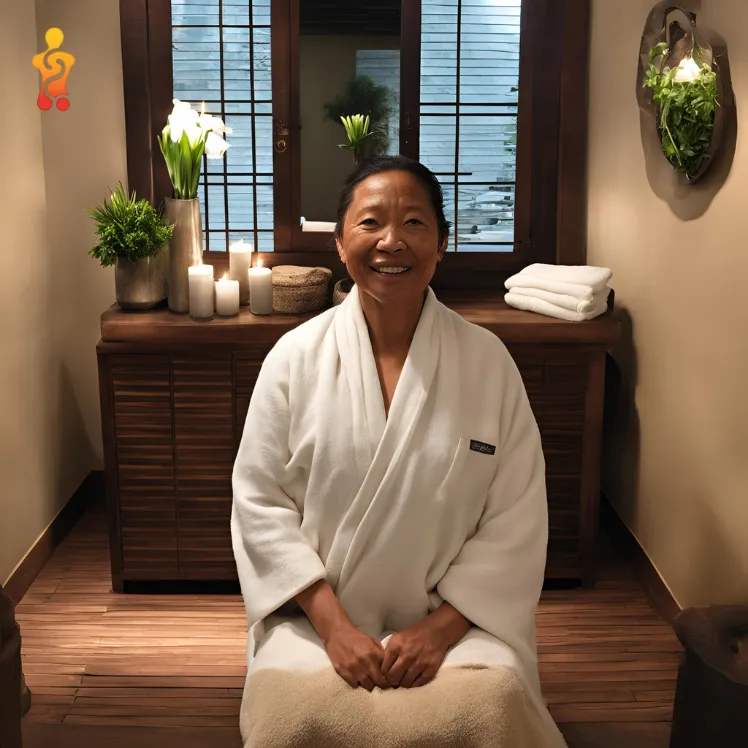
And hey, if you’re ever in doubt about what you’re feeling, don’t hesitate to reach out to your massage therapist or doctor. They’re there to help you stay in tip-top shape!
Now, go forth and massage on – your body will thank you for it (even if it grumbles a little at first)!
FAQs
Q: Is it normal to feel sore after every massage?
A: It’s common to feel some soreness, especially after deep tissue or sports massages. However, if you’re consistently very sore, talk to your therapist about adjusting the pressure.
Q: How long should post-massage soreness last?
A: Typically, soreness should subside within 24-72 hours. If it persists longer, consult with your massage therapist or doctor.
Q: Can I work out after a massage if I’m sore?
A: Light exercise like walking or gentle stretching can be beneficial. However, avoid intense workouts for 24-48 hours to allow your muscles to recover.
Q: Should I ice or heat sore areas after a massage?
A: Both can be beneficial. Ice can help reduce inflammation, while heat can relax muscles. Try alternating between the two for best results.
Q: Can drinking water really help with post-massage soreness?
A: Absolutely! Staying hydrated helps flush out toxins released during the massage and supports muscle recovery.
Q: Is it okay to get another massage if I’m still sore from the last one?
A: It’s best to wait until the soreness subsides before your next massage. This allows your muscles to fully recover and benefit from the treatment.
Q: Can certain foods help relieve soreness?
A: Yes! Anti-inflammatory foods like berries, leafy greens, and fatty fish can help reduce soreness. Protein-rich foods also aid in muscle repair.
Q: Is it normal to feel more sore on one side of my body after a massage?
A: This can be normal, especially if one side was more tense or received more attention during the massage. If it’s a significant difference or causes concern, mention it to your therapist.
Q: Can massage soreness feel similar to workout soreness?
A: Yes, the sensation can be quite similar. Both involve micro-tears in muscle fibers and the body’s healing response.
Q: Should I take pain relievers for post-massage soreness?
A: Generally, it’s not necessary. If the soreness is bothersome, try natural remedies first. If you feel you need pain relievers, consult with your doctor.
Q: Does bathing in Epsom salts help with post-massage soreness?
A: Epsom salt baths can be helpful for sore muscles after a massage. The magnesium in Epsom salts may help reduce inflammation and ease muscle tension when absorbed through the skin. While scientific evidence is mixed, many people find these baths soothing. To try it, add 1-2 cups of Epsom salt to a warm bath and soak for 15-20 minutes.
Table of Contents
- Introduction
- The Science Behind Post-Massage Soreness
- Types of Massages That Might Leave You Sore
- Inflammation: Friend or Foe?
- Tackling Muscle Knots: Short-Term Pain for Long-Term Gain
- Boosting Blood Flow: The Circulation Sensation
- Pressure Points: Finding Your Sweet Spot
- It’s Personal: Factors That Influence Your Soreness
- When Soreness Signals Something Serious
- Conclusion
- FAQs
